The Prime minister of india:Introduction
In India’s parliamentary democracy, the Prime Minister (PM) is the central figure of the executive branch, the beating heart of government. They wield immense power and shoulder the responsibility of leading the world’s largest democracy.
The Path to Power: How a Prime Minister is Chosen
While the PM holds immense power, it’s important to understand that they are still An Elected Representative Among Many. Imagine the Parliament as a giant orchestra, with each member playing a vital role. The PM isn’t a conductor from outside, but rather a highly skilled first violinist chosen from within the orchestra itself.
Leader of the Majority:
The PM isn’t directly elected by the people for the role. They emerge as the leader of the political party with the majority of seats in the Lok Sabha (the lower house of Parliament).
Eligibility for the Top Seat:
The Constitution sets basic requirements: an Indian citizen, above 25 years of age, and a member of either house of Parliament (Lok Sabha or Rajya Sabha).
The Prime Minister’s Power: Roles and Responsibilities
- Head of the e: Think of the PM as the CEO of a massive corporation called “India.” They lead the Union Cabinet, making key decisions, setting national priorities, and directing the implementation of policies.
- National Spokesperson: The PM is the face of India on the world stage, representing the nation in international forums and shaping foreign policy.
- Leader of the Ruling Party: The PM guides their party’s agenda, builds public support, and ensures the smooth functioning of the party in Parliament.
- Power of Appointment: The PM has a crucial role in shaping the government by appointing Cabinet ministers, judges, and other key officials.
- Legislative Leader: The PM plays a key role in introducing new laws (bills) into the Parliament and guiding their passage.
- Crisis Manager: During emergencies like natural disasters, wars, or internal conflicts, the PM becomes a strong leader, directing the nation’s response.
Prime Minister and Key Relationships
- PM and the President: While the President is the Head of State, the PM holds real executive power. The PM advises the President on policy matters.
- PM and the Parliament: The PM maintains the confidence of Parliament. They can be removed through a vote of no confidence.
- PM and the Judiciary: The PM upholds the rule of law and respects the independence of the judiciary, which can act as a check on their power.
Checks and Balances: Limits on Prime Ministerial Power
- Parliament’s Control: Parliament questions the PM’s actions, debates policies, and can even remove them through a no-confidence motion.
- Judiciary’s Review: Courts can review the PM’s actions and strike down decisions that violate the Constitution.
- Power of the Public: A vibrant democracy needs informed citizens and a free press. These act as powerful tools for holding the PM accountable.
The Legacy of Prime Ministers
- History Makers: Influential Prime Ministers leave a lasting mark on India’s development and shape its course through their policies and leadership.
- Unique Personalities, Different Styles: Prime Ministers bring their own personalities, strengths, and weaknesses to the job, leading to varied leadership styles.
Conclusion
- Central Figure of Indian Government: The Prime Minister is the heart of India’s executive branch, wielding immense power to guide the nation’s path.
- Challenges and Opportunities: Successfully leading a complex and diverse country like India requires a PM to navigate challenges and embrace opportunities to make a positive, lasting impact.


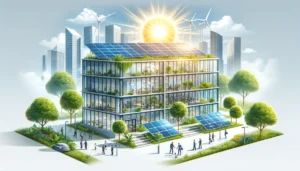
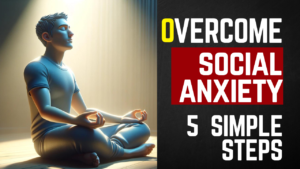
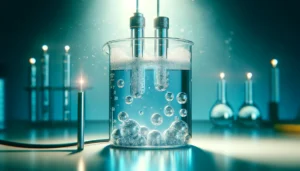
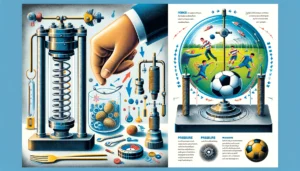
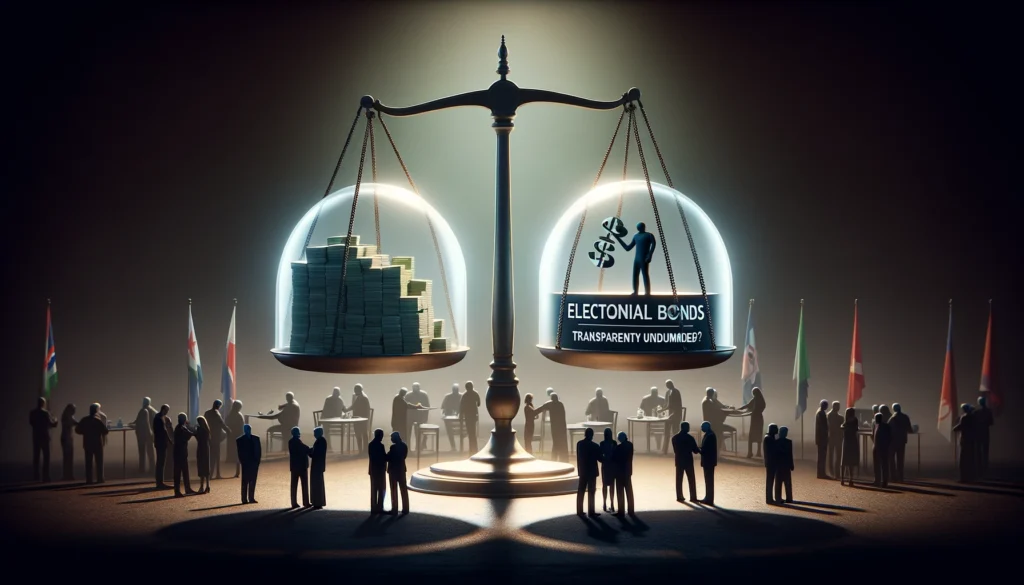

Pingback: Cabinet Secretary Of India : Powerhouse of Government